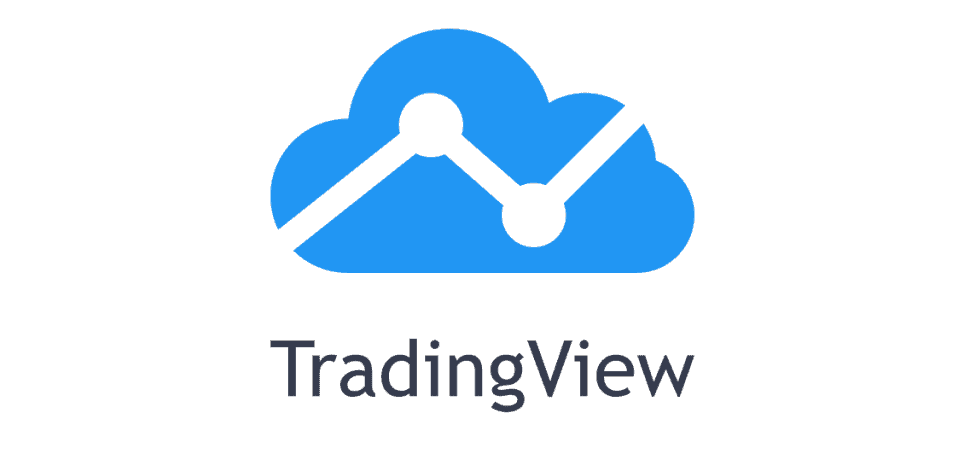One of TradingView’s key advantages is its user-friendly interface, catering to both beginners and experienced traders. The platform supports various asset classes, including stocks, forex, cryptocurrencies, and commodities. Moreover, TradingView has a strong reputation for reliability, offering cloud-based charting that ensures seamless access from any device.
TradingView Broker Overview
| Feature | Details |
| Founded | 2011 |
| Headquarters | United States |
| Regulation | Various integrated brokers regulated by FINRA, FCA, etc. |
| Assets | Stocks, Forex, Crypto, Commodities |
| Platforms | Web-based, Mobile (iOS & Android) |
| Account Types | Standard, Pro, Pro+, Premium |
| Minimum Deposit | Varies by integrated broker |
| Deposit Methods | Bank transfer, Credit/Debit card, E-wallets |
TradingView’s brokerage services function through third-party brokers that integrate with the platform, meaning the specific trading conditions depend on the selected provider. However, the seamless integration and powerful analytical tools make it a preferred choice for traders who value in-depth market insights.
Minimum Deposit and Payment Methods
TradingView itself does not require a minimum deposit, as it does not operate as a direct broker. Instead, users must connect their accounts to supported third-party brokers, each with its own deposit requirements. Typically, the minimum deposit varies from $10 to $500, depending on the chosen broker and asset class.
Deposit Methods
Users can fund their accounts using multiple payment methods, depending on the integrated broker’s policies. Commonly available deposit options include:
- Bank transfers – Secure but may take 1-5 business days to process.
- Credit/Debit cards (Visa, Mastercard, etc.) – Instant deposits but may include transaction fees.
- E-wallets (PayPal, Skrill, Neteller, etc.) – Fast transactions with minimal fees, available in most regions.
- Cryptocurrency payments – Some brokers support Bitcoin, Ethereum, and other digital assets.
Before making a deposit, traders should review the specific broker’s fee structure and processing times, as these factors can significantly impact trading efficiency.
Withdrawal Processing Time and Fees
Withdrawals are processed through the same methods used for deposits. Processing times vary:
- Bank transfers – 2-7 business days depending on the bank and location.
- Credit/Debit cards – Typically 1-3 business days.
- E-wallets – Usually processed within 24 hours.
Most brokers charge withdrawal fees, which range from 0% to 3%, depending on the method. Some brokers may also impose withdrawal limits, so it’s essential to check the terms before initiating a transaction.
Overall, TradingView’s integration with multiple brokers provides traders with flexibility in deposit and withdrawal methods. However, fees and processing times depend on the selected provider, making it crucial to compare available options before funding an account.
Security and Regulation
TradingView itself is not a regulated broker but serves as a trading platform that integrates with various third-party brokers. The security and regulatory standards depend on the chosen broker, as TradingView connects users to brokers regulated by authorities such as FINRA (USA), FCA (UK), CySEC (Cyprus), and ASIC (Australia).
To ensure a secure trading environment, TradingView implements advanced security measures, including two-factor authentication (2FA) for account protection and encrypted data transmission to safeguard user information. Additionally, integrated brokers must comply with strict financial regulations, including segregated client accounts and fund protection policies.
Key Security Features
- Regulated Brokers – TradingView partners with brokers licensed by top-tier financial authorities.
- Two-Factor Authentication (2FA) – Adds an extra layer of security to prevent unauthorized access.
- SSL Encryption – Ensures that all data exchanged on the platform remains private and secure.
- Account Monitoring – Users receive alerts for suspicious activities to prevent fraud.
While TradingView itself does not handle client funds, traders must verify that their chosen broker follows industry-standard security protocols. Conducting due diligence on broker regulations and fund protection policies is crucial before making a deposit.
Trading Platforms and Compatibility
TradingView provides a web-based trading platform with seamless integration across multiple devices, making it one of the most accessible tools for traders. Unlike traditional brokers that require software downloads, TradingView operates entirely in the cloud, ensuring real-time synchronization between desktop and mobile devices.
Supported Platforms
- Web-Based Platform – Accessible from any browser without the need for installations.
- Mobile App (iOS & Android) – Fully functional trading on the go with live market data.
- Tablet Compatibility – Optimized for larger screens with an intuitive touch interface.
One of the standout features of TradingView is its ability to connect with external brokers, allowing users to place trades directly from the platform. The integration process varies by broker but typically involves API connections or direct login through TradingView’s interface.
Unavailable Platforms
Since TradingView is a web-based service, it does not support MetaTrader 4 (MT4) or MetaTrader 5 (MT5), which are popular among forex traders. However, users can link their accounts to brokers that offer these platforms if they require additional trading tools.
For traders who rely on automated trading or algorithmic strategies, TradingView provides Pine Script, a proprietary scripting language that enables users to create custom indicators and automated trading strategies. While it lacks the depth of expert advisors (EAs) in MT4/MT5, Pine Script is a powerful tool for those looking to develop and test trading algorithms.
Trading Accounts at TradingView
Unlike traditional brokers, TradingView does not offer direct trading accounts. Instead, users must connect their TradingView profiles to supported third-party brokers. However, TradingView provides different subscription plans that unlock various features for analysis and trading.
Types of TradingView Plans
| Plan | Features | Best for |
| Free | Limited indicators, basic charts, ads displayed | Beginners testing the platform |
| Pro | 5 indicators per chart, multiple chart layouts, ad-free | Active traders |
| Pro+ | 10 indicators per chart, enhanced alerts, faster data | Advanced traders |
| Premium | 25 indicators per chart, second-based timeframes, priority support | Professional traders & analysts |
Each plan impacts the user experience by determining how many indicators, alerts, and custom scripts a trader can use. The higher the plan, the more advanced tools and customization options are available.
Choosing the Right Broker Account
Since TradingView integrates with different brokers, traders must choose an account that aligns with their trading goals. Common broker account types include:
- Standard Accounts – Suitable for beginners with lower spreads but may have commission fees.
- ECN Accounts – Ideal for advanced traders seeking raw spreads and fast execution.
- Crypto Accounts – Offered by brokers specializing in cryptocurrency trading.
- Islamic Accounts – Swap-free accounts for traders following Sharia law.
Before selecting an account, traders should consider factors like minimum deposit requirements, trading fees, leverage options, and supported assets. Additionally, some brokers offer demo accounts, allowing users to test TradingView’s features before committing real funds.
Final Thoughts: Pros & Cons of TradingView Broker Integration
TradingView is a powerful trading platform that stands out due to its advanced charting tools, social trading features, and seamless broker integration. While it does not operate as a traditional broker, its ability to connect with multiple providers makes it a flexible choice for traders of all levels.
Pros and Cons of TradingView Brokerage
| Pros | Cons |
| Intuitive and user-friendly interface | No direct brokerage services |
| Supports multiple asset classes | MT4/MT5 not supported |
| Web-based & mobile trading compatibility | Features depend on broker integration |
| Customizable indicators & Pine Script | Some brokers may have high deposit/withdrawal fees |
| Large trading community & market insights | Advanced features require paid subscription |
Conclusion
TradingView is a top-tier trading platform that offers unmatched analytical tools, community-driven insights, and broker connectivity. It is best suited for traders who want a charting-centric experience while maintaining flexibility in broker choice. However, those seeking a fully integrated brokerage with direct account management may need to look elsewhere. By carefully selecting the right broker and subscription plan, traders can maximize the benefits of TradingView’s powerful features.

